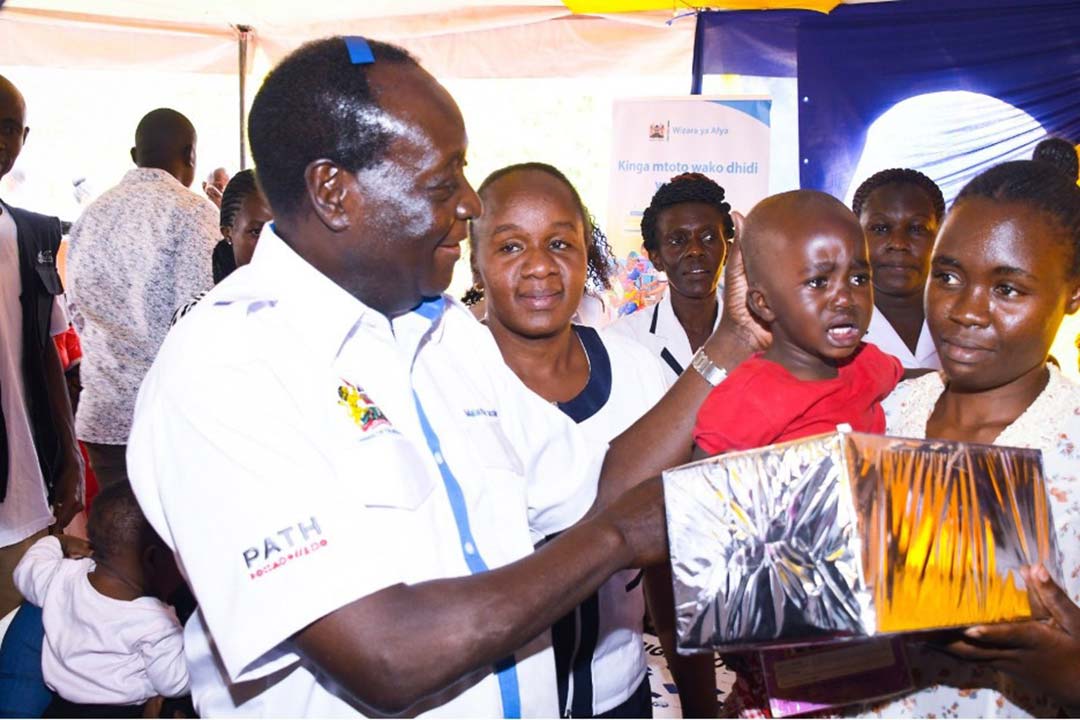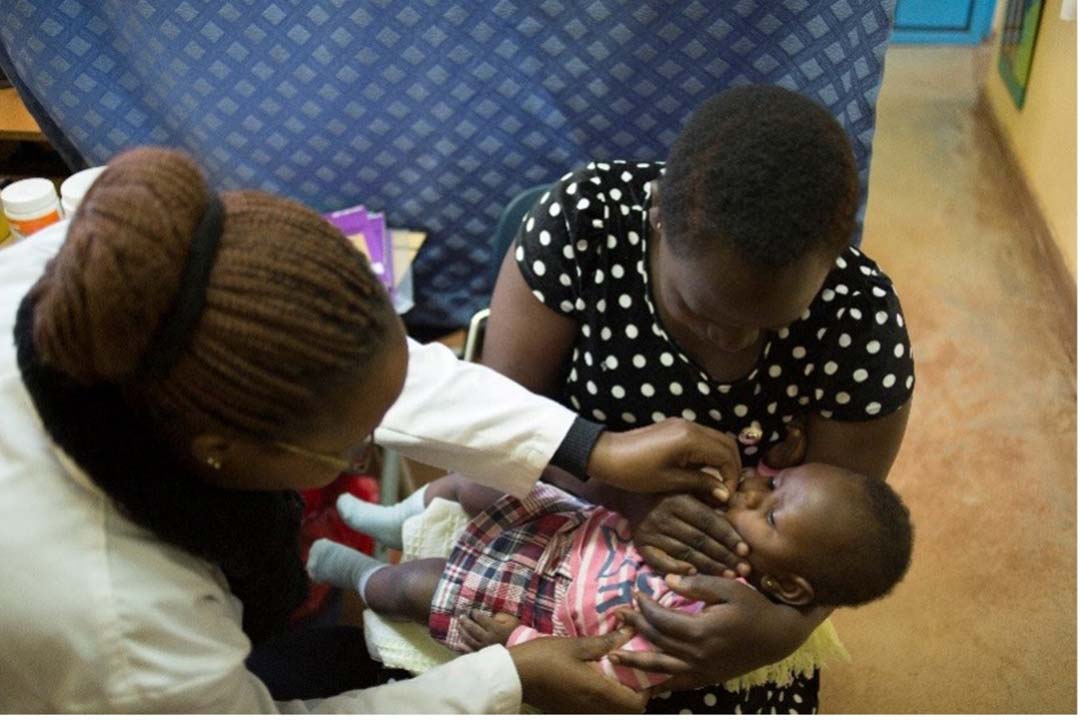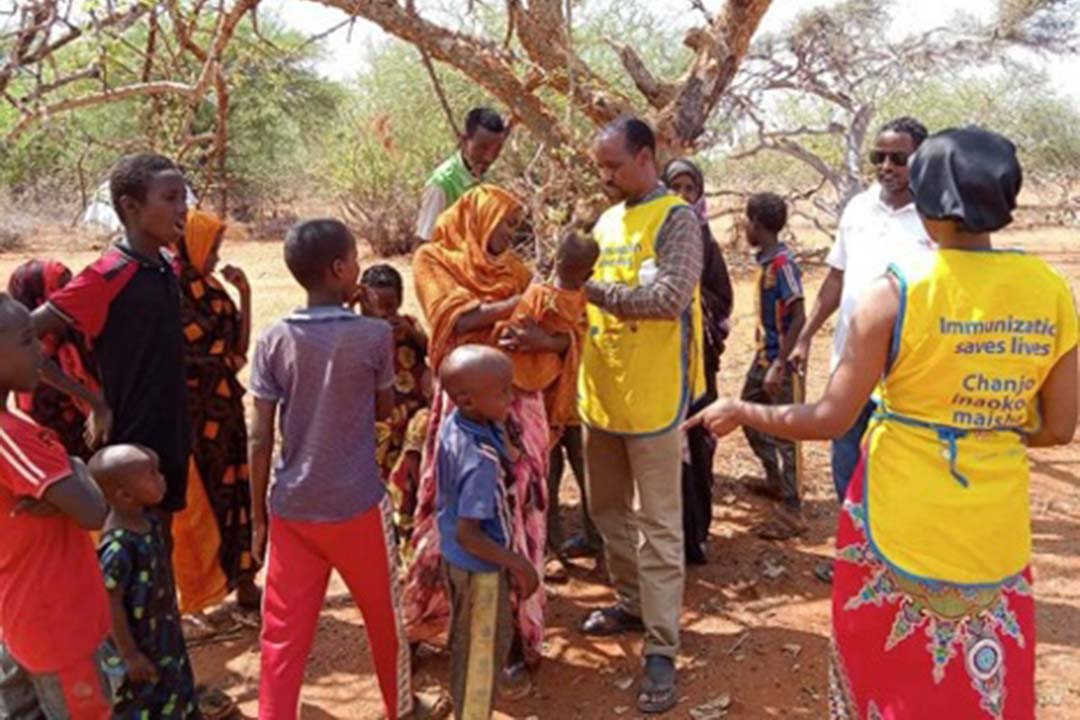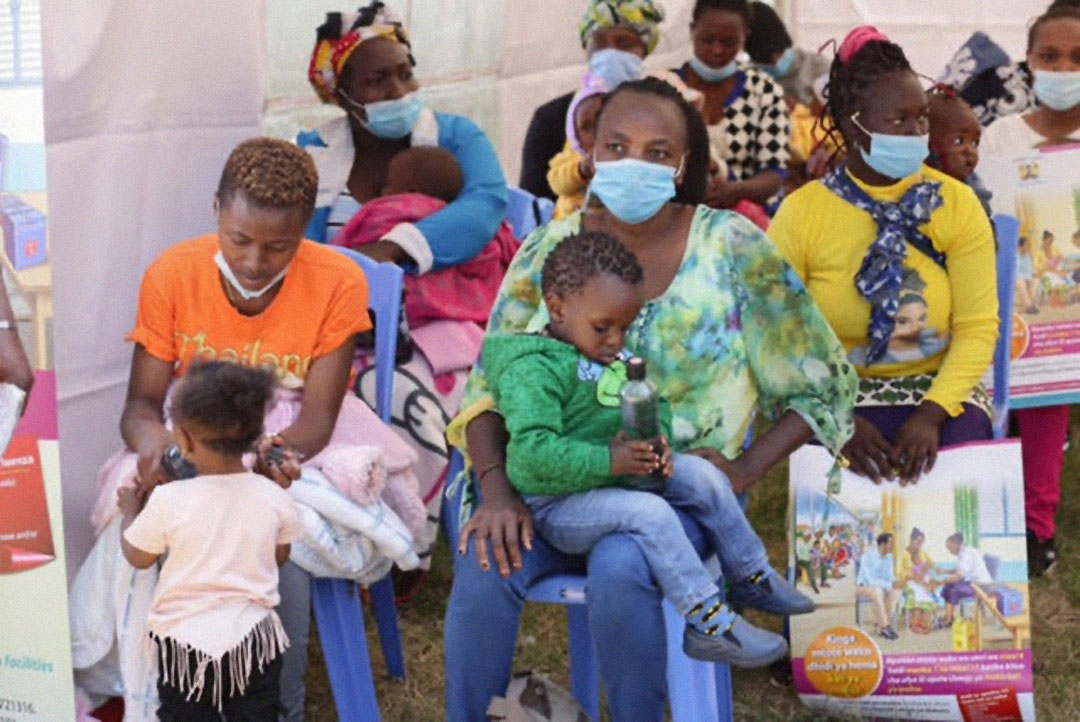Vaccinating in Kenya’s remote Samburu and Turkana counties
The county governments in Samburu and Turkana have collaborated to ensure that villagers are vaccinated.
- 10 February 2022
- 3 min read
- by Cyrus Michino

Samburu and Turkana counties lie in the northern part of Kenya: the driest region of the country. Tensions between the two neighbouring counties are a common occurrence. This is not made easier by the nomadic pastoral nature of the lives of their inhabitants, as they move from place to place to find pasture and markets for their livestock.
This nomadic way of life also makes it easier for diseases to spread. COVID-19 has been no exception, forcing the county governments of Samburu and Turkana to come up with shared solutions to combat the virus.
Since the vaccination exercise began, health officials have marked a decline in the infection rate in Samburu and Turkana counties.

“There is a need to take vaccines to the people in their homesteads. Standard COVID-19 protocols will be observed, and the necessary resources put into place,” Turkana County Governor Josphat Nanok commented at a press conference.
Govenor Nanok and his Samburu County counterpart, Governor Moses Lenolkulal collaborated to ensure the smooth running of COVID-19 vaccination campaign across the two counties over a month.
Reaching the remote villages of Samburu and Turkana counties is not an easy task and, in the lead up to the exercise, health workers and volunteers expressed concerns, including rumours that there are lions roaming in Samburu.
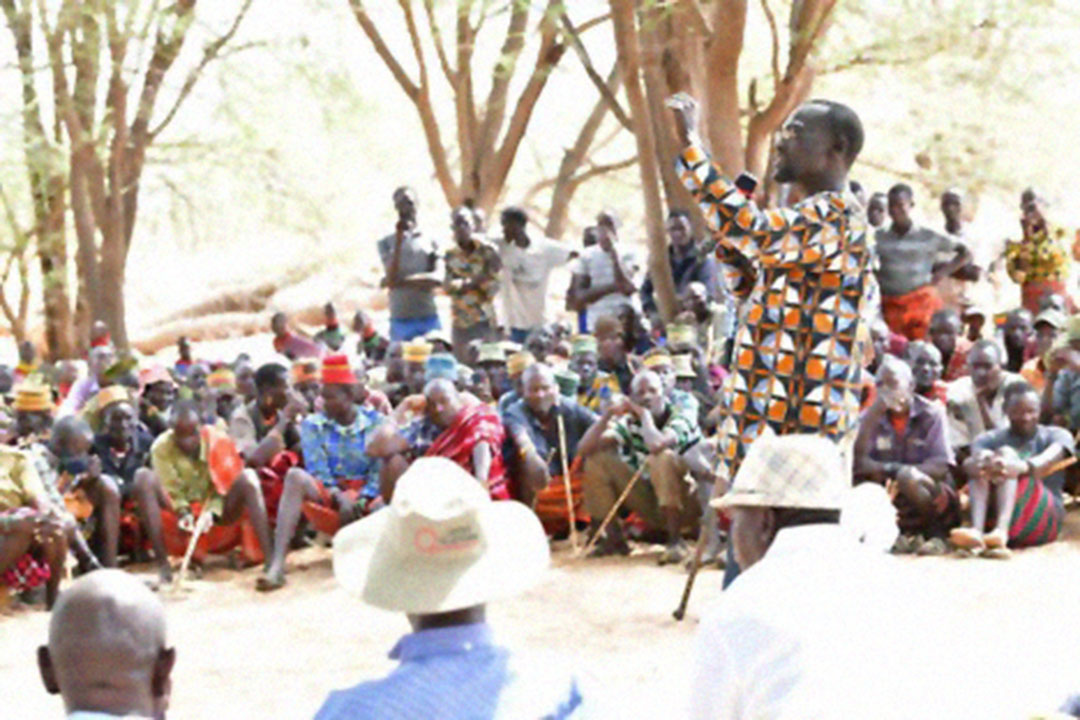
In response, Senator Lelegwe says, “my office and the Kenya Wildlife Service (KWS) have collaborated to remedy the situation with the KWS setting traps for the lions and a sighted leopard around Marti village, East Samburu. In addition, while animal control is doing their part, we are doing vaccinations before the sun sets.”
Have you read?
For the exercise, the county governments of Samburu and Turkana obtained 200,000 vaccine doses from the national government, which received them through the COVAX Facility.
“We plan to reach the isolated villages of Turkana and Samburu and give our people these jabs received through COVAX. We aim at vaccinating most individuals, giving the elderly a priority. Our teams are ready to roll out to the people,” notes the CEC Health, Stephen Lekupe.
Another challenge has been travelling to the villages. The county officials made vans and bikes available and the county government has given volunteers a monthly stipend as a way of both motivating and showing gratitude to them.
“I have reached a few families in Marti village and encouraged them to come out and receive their doses. This way, even while moving from place to place, they will have protection from the serious effects of the virus,” Jeisen Lebasha, a volunteer, asserts.

Outreaches to Laasen, Kalokol, Loibonkare, and Kibish villages have been implemented with health practitioners vaccinating until 18:00, when it gets dark.
“As nomadic pastoralists, the pandemic has affected us badly. Thankfully, I have received my first jab of the AstraZeneca vaccine, so I feel more protected, while traversing between different places. A hearty thanks to the county government,” says one elder, Meta Letipo.
In addition to vaccines, the two county governments have used the opportunity to distribute COVID-19 relief food parcels to the people.
In Turkana County, work has also gone into the improvement of infrastructure, including the provision of new water sources for the people and their livestock. Plus, Governor Nanok has ensured that delayed title deeds are distributed to the villagers.
Since the vaccination exercise began, health officials have marked a decline in the infection rate in Samburu and Turkana counties.
